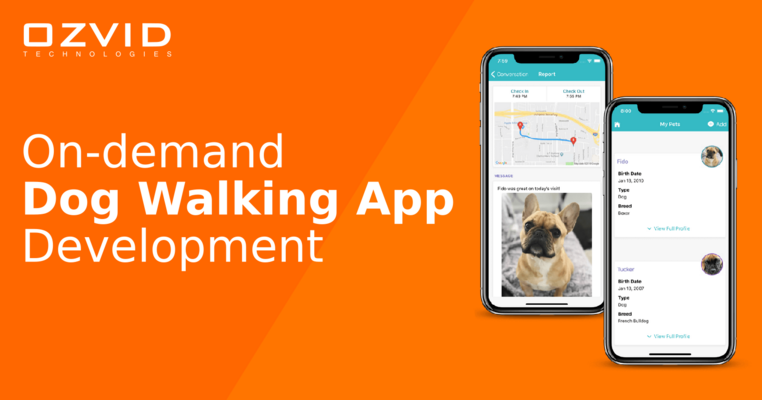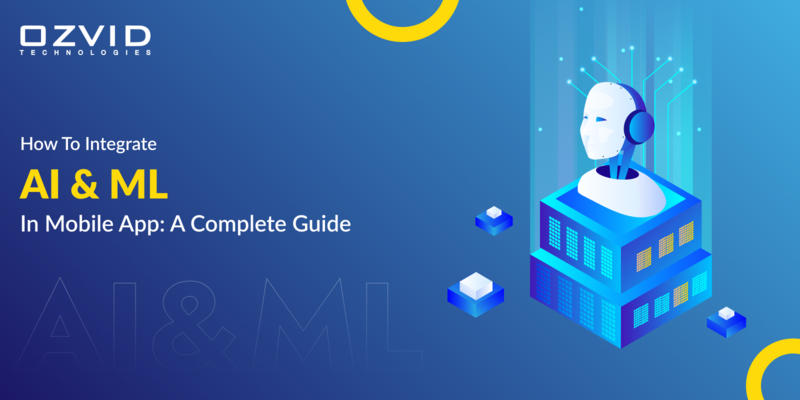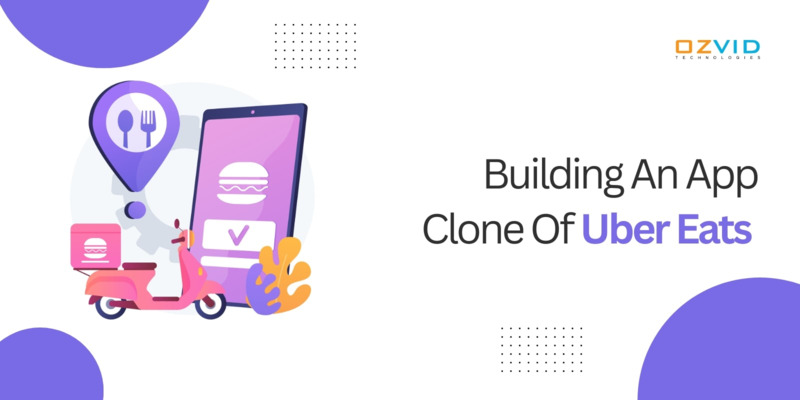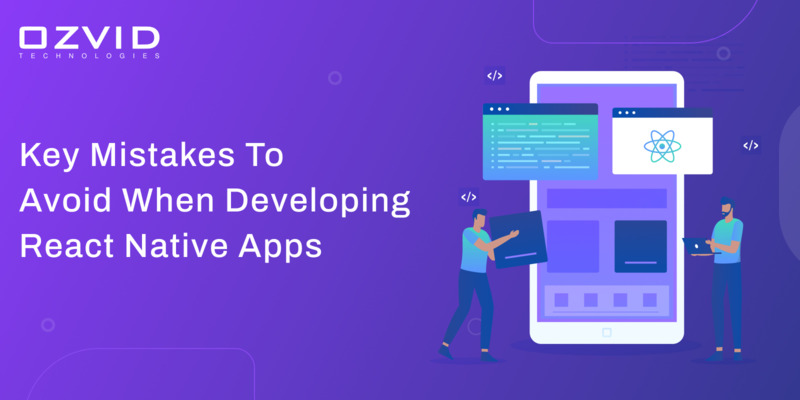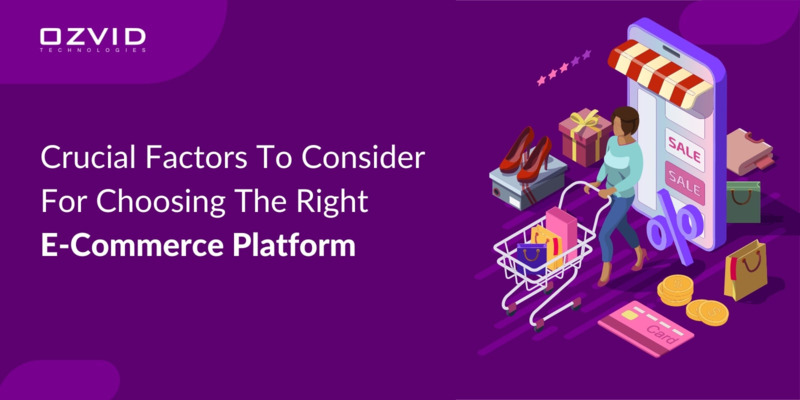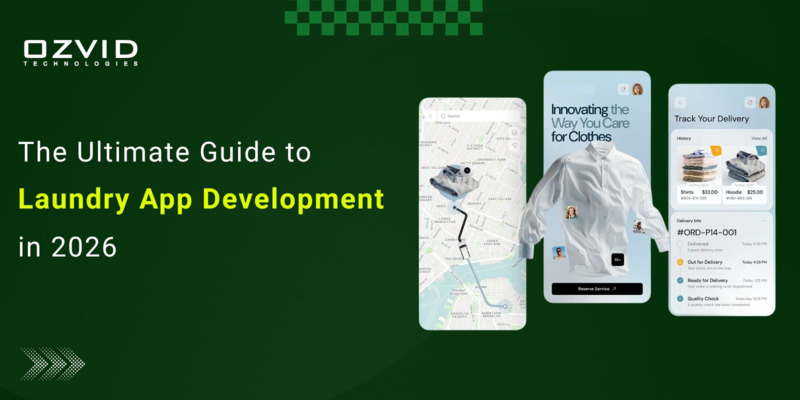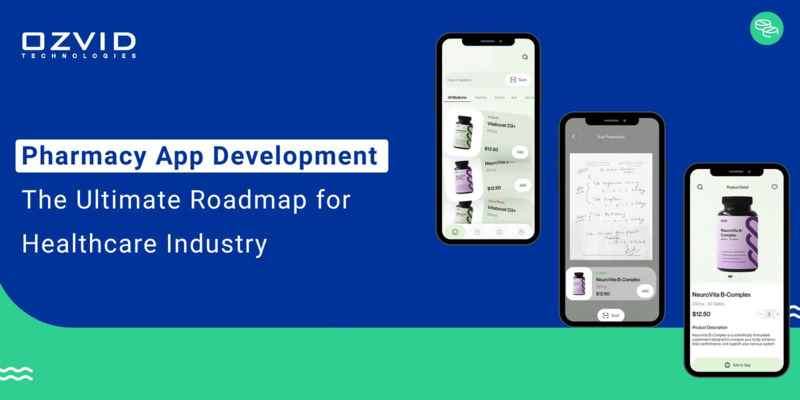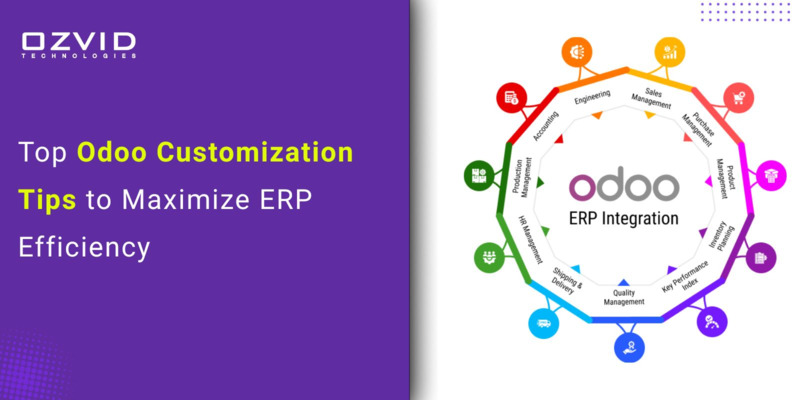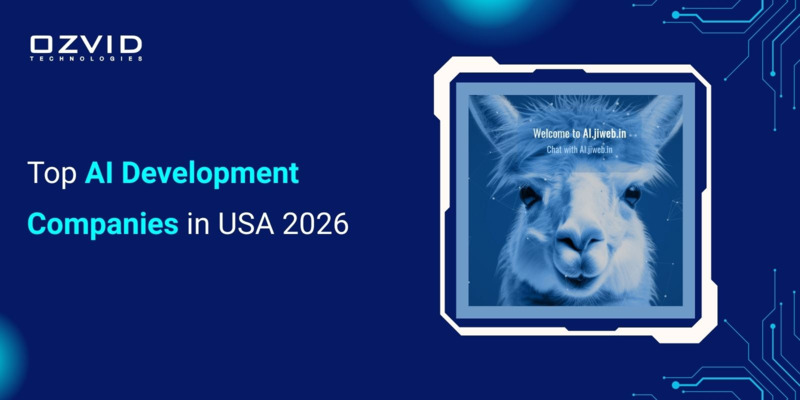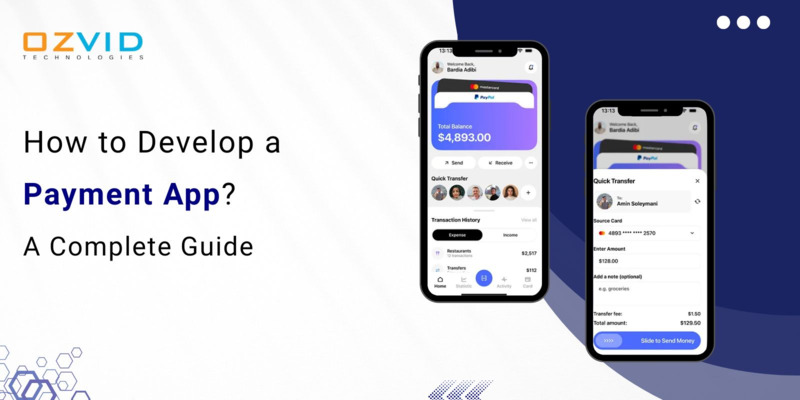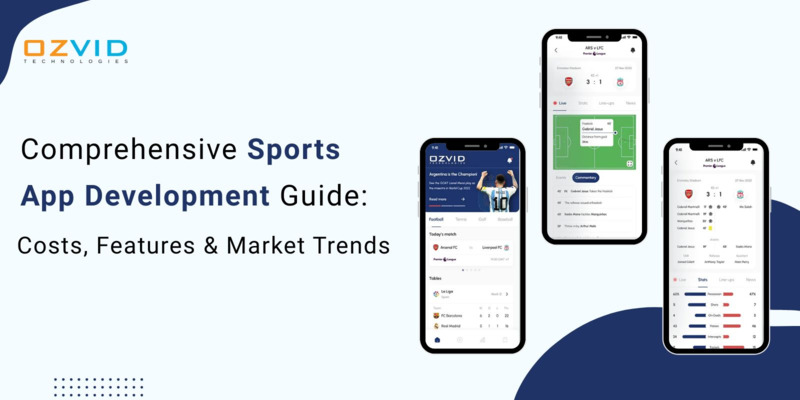- Feb 19, 2025
- Mobile App Development
- 65814
Share this post on:
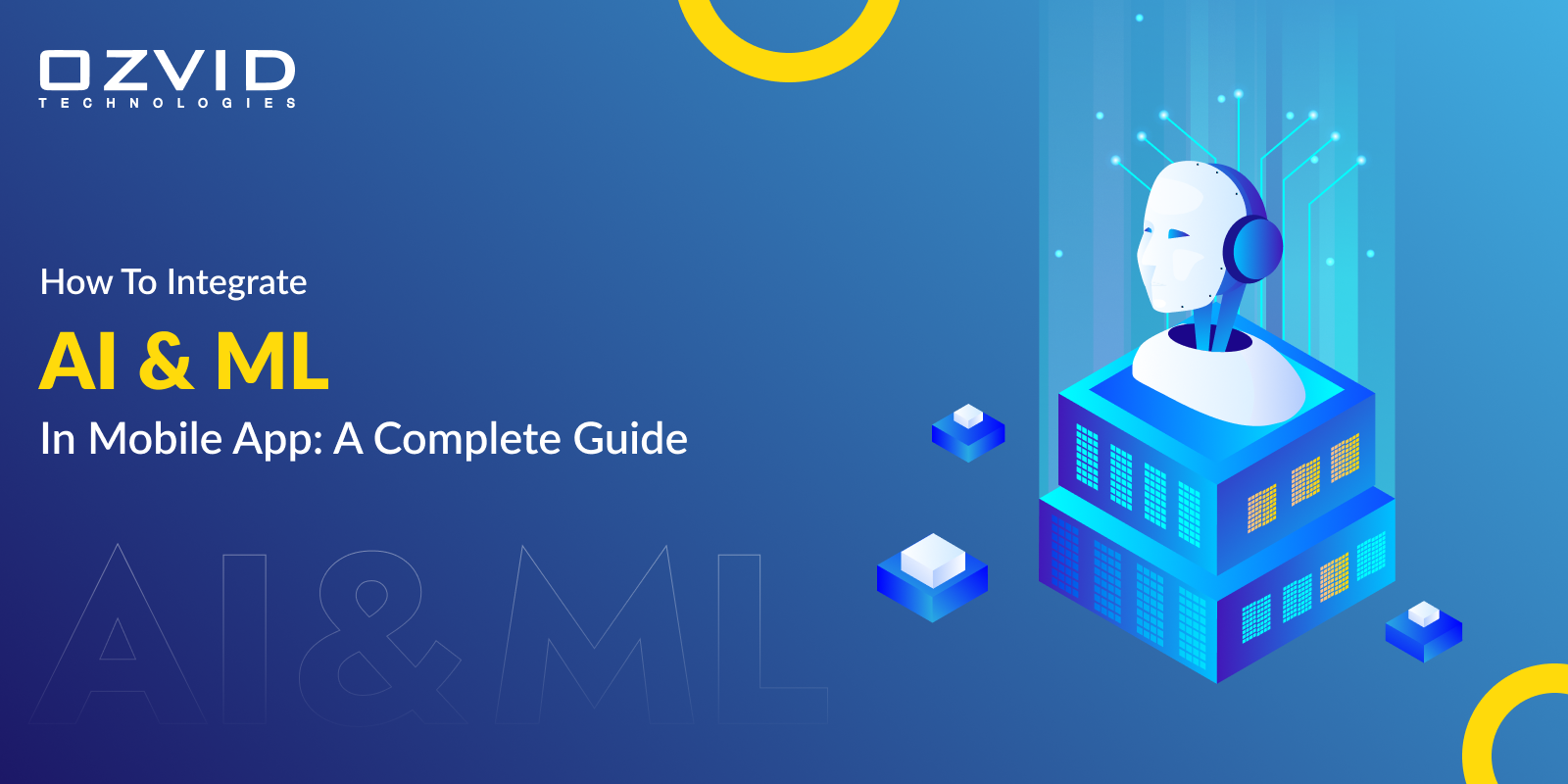
The integration of Artificial Intelligence (AI) and Machine Learning (ML) into mobile applications is revolutionizing the way businesses operate and interact with their customers. By leveraging these advanced technologies, developers can create smarter, more efficient apps that enhance user experience and drive business growth. This guide will explore the benefits of implementing Artificial Intelligence and ML in mobile apps, the steps to integrate these technologies, and how companies like OZVID Technologies can assist in this transformative journey.
Why Should You Implement Machine Learning and Artificial Intelligence Into Your App?
Integrating AI and ML into your mobile app can provide numerous advantages:
1. Enhanced User Experience: AI and ML can analyze user behavior and preferences, allowing for personalized experiences. For example, recommendation systems can suggest products based on past purchases or browsing history, making the app more engaging.
2. Automation of Tasks: AI can automate repetitive tasks, freeing up users' time and enhancing productivity. For instance, chatbots powered by AI can handle customer inquiries 24/7, providing instant support without human intervention.
3. Data-Driven Insights: Machine learning algorithms can analyze vast amounts of data to uncover trends and insights that can inform business decisions. This capability allows businesses to adapt quickly to market changes and customer needs.
4. Improved Security: AI can enhance app security by identifying and mitigating potential threats in real-time. Machine learning models can detect anomalies in user behavior, flagging suspicious activities before they escalate.
5. Cost Efficiency: By automating processes and improving operational efficiency, AI and ML can significantly reduce costs associated with customer service, data analysis, and other business functions.
6. Competitive Advantage: In a rapidly evolving digital landscape, integrating AI and ML can set your app apart from competitors. Businesses that leverage these technologies can respond to customer needs more effectively and innovate faster.
Also Read: How to Hire the Best AI Developer for Your Custom Project
Steps to Integrate AI & ML in Your Mobile App
Integrating AI and ML into your mobile app involves several key steps:
1. Define Your Objectives
Before diving into development, clearly outline what you aim to achieve with AI and ML integration. Whether it's improving user engagement, automating customer support, or providing personalized recommendations, having a well-defined goal will guide your development process.
2. Choose the Right Technology Stack
Select the appropriate tools and frameworks for your app. Popular choices for AI and ML include TensorFlow, PyTorch, and Keras for machine learning, and various cloud services like AWS, Google Cloud, and Azure that offer AI capabilities.
3. Data Collection and Preparation
AI and ML models require data to learn and make predictions. Gather relevant data from user interactions, transactions, and other sources. Ensure the data is clean, structured, and representative of the scenarios your app will encounter.
4. Develop and Train Your Model
Create machine learning models that align with your objectives. This involves selecting the right algorithms, training the models on your dataset, and fine-tuning them for optimal performance. This step may require expertise in data science and machine learning.
5. Integrate the Model into Your App
Once the model is trained, integrate it into your mobile app. This may involve creating APIs that allow your app to communicate with the ML model, enabling real-time predictions and insights.
6. Test and Validate
Thoroughly test the integrated AI and ML features to ensure they function as intended. Validate the model's accuracy and performance using real-world scenarios and user feedback.
7. Monitor and Iterate
After deployment, continuously monitor the app's performance and user interactions. Use this data to refine your models and improve the app's features over time.
Use Cases of AI & ML in Mobile Apps
To illustrate the potential of AI and ML in mobile applications, consider the following use cases:
- Personalized Recommendations: E-commerce apps can use machine learning to analyze user behavior and provide tailored product recommendations, increasing conversion rates.
- Chatbots: Many businesses are deploying AI-powered chatbots within their apps to handle customer inquiries, provide support, and enhance user engagement.
- Image Recognition: Apps that utilize image recognition can allow users to search for products by taking photos, streamlining the shopping experience.
- Predictive Analytics: Financial apps can employ machine learning to analyze spending patterns and offer personalized financial advice or alerts.
- Voice Assistants: Integrating voice recognition technology can enhance user interaction, allowing users to navigate the app and perform tasks using voice commands.
Challenges in Integrating AI & ML
While the benefits of integrating AI and ML into mobile apps are significant, there are challenges to consider:
- Data Privacy: Handling user data responsibly is crucial. Ensure compliance with regulations such as GDPR and CCPA to protect user privacy.
- Complexity of Implementation: Developing and integrating AI and ML features can be complex and may require specialized skills and knowledge.
- Cost: The initial investment for AI and ML development can be high, but the long-term benefits often outweigh these costs.
- User Acceptance: Users may be hesitant to adopt new technologies. Providing clear value and ease of use is essential for successful integration.
Conclusion
Integrating AI and ML into your mobile app can unlock new opportunities for growth, enhance user experiences, and streamline operations. By following a structured approach to development and leveraging the expertise of professionals, businesses can successfully navigate the complexities of AI and ML integration.
OZVID Technologies stands out as a leader in this field, offering comprehensive AI and ML services tailored to meet the unique needs of businesses. With a proven track record of delivering over 5,000 projects, OZVID is equipped to help you harness the power of AI and ML, driving innovation and success in your mobile applications. Whether you are looking to develop chatbots, implement predictive analytics, or create personalized user experiences, OZVID Technologies has the expertise to guide you through every step of the process.
FAQ: Integrating AI & ML into Mobile Apps
1. What are the benefits of using AI and ML in mobile apps?
Integrating AI and ML into mobile apps can significantly enhance user experience by offering personalized content, automating tasks (e.g., AI-powered chatbots), providing data-driven insights for better decision-making, improving security through anomaly detection, and making the app more efficient, which reduces costs. Additionally, AI and ML can give businesses a competitive advantage in a rapidly evolving digital landscape.
2. What are the main steps to integrate AI and ML into a mobile app?
Define Objectives: Clearly outline what you want to achieve (e.g., personalization, automation).
Choose Technology Stack: Select frameworks like TensorFlow or PyTorch and cloud services like AWS or Google Cloud.
Data Collection: Gather and clean relevant data for training your model.
Develop and Train the Model: Create and fine-tune your machine learning models.
Integrate into Your App: Implement the model with APIs to enable real-time predictions.
Test and Validate: Ensure the model works as expected with real-world data.
Monitor and Iterate: Continuously improve the model and features based on user feedback.
3. What are some common use cases of AI and ML in mobile apps?
Personalized Recommendations: For e-commerce apps, suggesting products based on user behavior.
AI-Powered Chatbots: Automating customer support and enhancing user interaction.
Image Recognition: Allowing users to search for products by uploading photos.
Predictive Analytics: Helping financial apps provide personalized insights and alerts.
Voice Assistants: Enabling voice-controlled navigation and interactions within the app.
4. What is the cost of integrating AI and ML into a mobile app?
The cost of integrating AI and ML into a mobile app can vary widely depending on several factors:
Scope and Complexity: The more advanced the AI/ML features (e.g., predictive analytics, natural language processing, personalized recommendations), the higher the development cost.
Data Requirements: If you need large datasets for training your models, acquiring and preparing this data can add to the cost.
Development Team Expertise: Hiring experienced data scientists, AI specialists, and mobile developers can increase the overall cost, but their expertise ensures the models perform effectively.
Tools and Technologies: Using advanced tools and platforms (like TensorFlow, Google Cloud, AWS, etc.) can come with licensing and usage fees.
Ongoing Maintenance: Continuous monitoring, model updates, and improvements after the initial integration add to long-term costs.
5. Can OZVID Technologies help with AI and ML integration in my app?
Yes, OZVID Technologies specializes in AI and ML services tailored to business needs. They have extensive experience with over 5,000 successful projects, helping businesses integrate intelligent solutions into their mobile apps. Whether you want to develop chatbots, predictive analytics, or personalized experiences, OZVID’s team can guide you through the entire process.
6. How long does it take to integrate AI and ML into an app?
The timeline can vary based on the complexity of the project and the specific AI or ML functionalities you want to implement. Generally, it may take anywhere from a few weeks to several months, depending on the scope, data preparation, model training, and testing phases.

